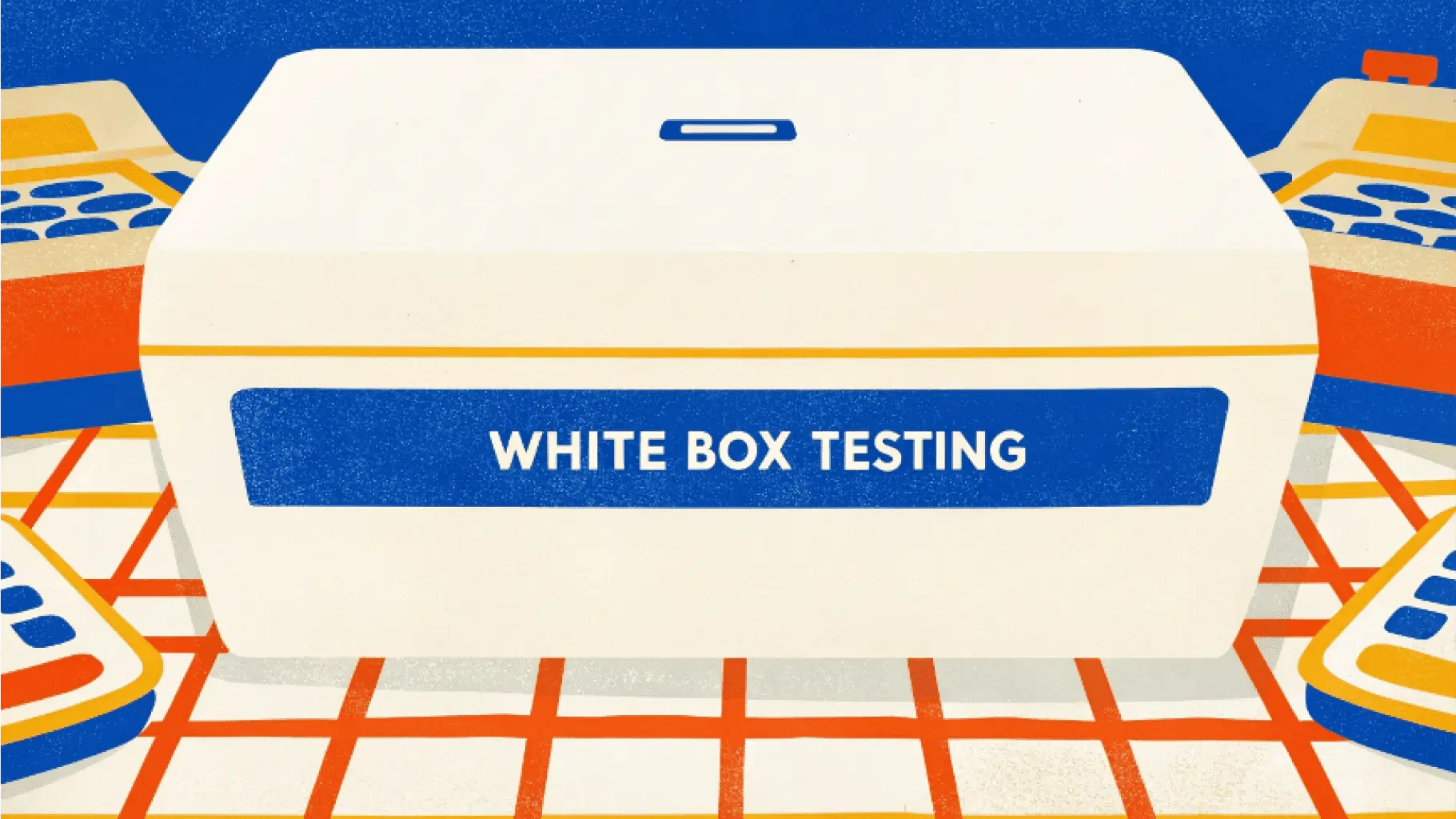A Deep Dive into White Box Testing
In modern software development, white box testing serves as the microscope that peers into your code’s very DNA. For teams serious about catching logic flaws early—before they become high-cost incidents—understanding structural testing (the practice of testing a system’s internal structure and logic) is non-negotiable. But beyond mastery of methods, the real edge lies in knowing which test automation tools to trust and how to apply them effectively. In this guide, you’ll get:
A clear overview of what white box testing is and why it matters.
An expert perspective on tools—when, why, and how to use them.
A deep dive into how Quash operationalizes white box testing at scale.
What Is White Box Testing?
White box testing (also known as structural testing or glass-box testing) is a method where the tester has full visibility into the internal workings of the system. Unlike black box testing, which only checks functionality based on inputs and outputs, white box testing dives into the actual code to evaluate logic, structure, and flow.
It’s often used to:
Verify individual paths in the code (e.g., loops, conditionals).
Measure and maximize test coverage (statement, branch, path).
Check for hidden issues like unused variables, unhandled conditions, or unreachable code.
White box testing is especially powerful during unit and integration tests, where logic verification matters as much as output validation. It’s also indispensable for teams practicing TDD (Test-Driven Development), ensuring that the test cases truly reflect the architecture and intent of the code.
For more about system testing, check out our blog about Types of System Testing.

Get the Mobile Testing Playbook Used by 800+ QA Teams
Discover 50+ battle-tested strategies to catch critical bugs before production and ship 5-star apps faster.
Core Techniques Of White Box Testing
Let’s explore the core techniques of white box testing that every team should consider:
Unit Testing & Test Coverage Metrics Break code into bite-sized functions, then measure statement, branch, and path coverage. Aim for clarity: tests should read like documentation.
Control Flow & Data Flow Analysis Trace loops, conditionals, and variable lifecycles. Pinpoint uninitialized variables or unreachable code early.
Mutation Testing Deliberately introduce small code mutations and verify your suite detects them—your ultimate litmus test for test quality.
Flow Testing from Specs Generate test cases directly from PRDs or Figma designs. This approach ensures requirements translate to tests before code is even written.
With these techniques in your toolkit, the question becomes: how do you choose the right instruments?
Making Smart Choices With The Right Tools
Every project has unique constraints: language, team expertise, release cadence. Below is a curated set of test automation tools, each framed with when and why you’d pick it:
Tool / Feature | Strengths | Best For |
Coverage. py / JaCoCo | Detailed line and branch coverage reports | Python/Java microservices with heavy logic |
Easy integration with JavaScript builds | Front-end apps, Node.js services | |
Automated mutation testing | When you need confidence in test effectiveness | |
Generates tests from specs (like PRDs) & designs | Teams practicing TDD or early-testing culture | |
Automated Regression Suite | Continuous suite runner, low maintenance | Rapid-release teams needing stability 'lock' |
Real-Time Test Execution | Local device environments, instant feedback | Debug-driven development, high iteration speed |
If your app is logic-heavy backend code: start with a robust coverage tool (Coverage.py or JaCoCo) plus mutation testing to validate your suites.
For front-end or design-driven products: pair Istanbul or visual testing to catch both code and UI regressions.
When your team operates in a true TDD fashion: invest in Flow Testing from Specs, so tests become the starting point, not an afterthought.
Why Quash Is the Ultimate White Box Companion
While most tools do one thing well, Quash unifies the white box testing lifecycle—from test generation to execution, test coverage, and analysis.
But here’s the key difference: Quash directly connects to your code repository and uses it as the primary source of truth to test your application. This enables an entirely code-native testing strategy, which is what white box testing is all about.
Here’s how Quash stands out:
Code-First Testing & Branch Aware Testing via Repository Access Quash starts with your source of truth: the code. By analyzing the actual implementation, including differences across branches, it generates tests that reflect how your application really works and adapts them as your code evolves.
AI-Powered Test Generation from Code Indexing Quash builds a semantic map of your codebase. By understanding the structure, data flows, and business logic, it can scaffold test cases that intelligently target edge cases, decision branches, and risky paths—automatically.
Risk-Sensitive Test Suggestions Instead of randomly altering code to test coverage strength, Quash identifies weak spots based on logic complexity and usage context—like missing guard clauses or brittle conditional paths. It then suggests precise tests to strengthen your suite where it matters most.
Flow Testing from Figma & PRDs Shift-left testing is more than a buzzword. With Quash, you can generate test flows before a single line of code is written, using design files and product specs as input. This ensures early alignment between what's being designed and what will be built.
Instant Regression Testing in Local & CI Once tests are done, Quash lets you run full test suites instantly—no external farms, no delays. Whether it’s local or in CI, you get real-time feedback on what’s failing and why. White box testing only works if it’s fast enough to actually use.
Tools that act on the actual codebase offer unmatched insight. Quash doesn’t simulate white box testing, it embodies it.
Conclusion
White box testing remains an art backed by science which is rapidly evolving. With the rise of AI and intelligent automation, the future of structural testing lies in tools that not only analyze code but adapt to it, making testing smarter, faster, and more resilient. The best teams:
Master core techniques – coverage, flows, mutations.
Choose test automation tools strategically – select based on language, UI vs. backend, and team culture.
Elevate with AI – leverage platforms like Quash to automate scaffolding, analysis, and reporting.
When your CI/CD pipeline shifts quality left, your code health becomes a leading indicator rather than an afterthought. And with Quash as your exoskeleton of QA, you not only catch more bugs—you reclaim developer time, boost confidence, and scale testing effortlessly. Ready to see how Quash supercharges your white box strategy? Contact us.





